The humble kitchen cabinet, as reinvented by an award-winning architect
When choosing his kitchen, George Gardener felt uninspired by the choice of cabinetry — and took a rather unusual step to doing something about it.
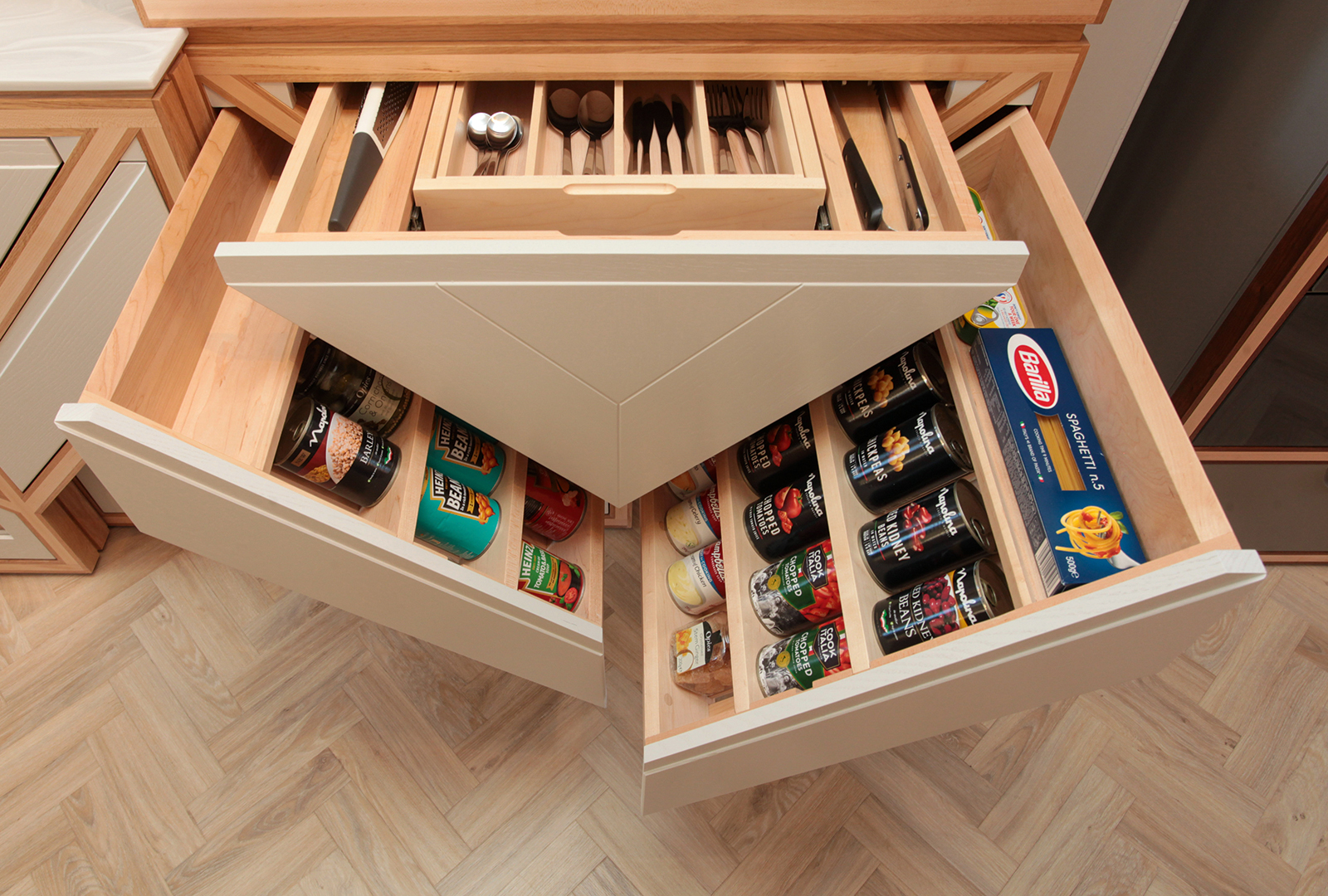

Having run his award-winning architectural practice for 25 years, George Gardner was itching for a change. ‘I didn’t want to spend the next 25 years doing the same thing,’ he explains of the decision to sell his practice and property-holding company five years ago. ‘Being financially liberated gave me the opportunity to think freely and creatively.’
He and fellow architect Peter Foulk turned themselves into an ideas factory, focusing on kitchens. ‘I had recently bought kitchens for my own home and commercial properties and simply hadn’t found anything special — everything seemed so similar, with a choice, broadly, of German handleless or Shaker-style designs,’ recalls Mr Gardner. ‘We found ourselves with the time and opportunity to invest in creating designs for furniture that hadn’t been done before.’
It was the start of ELK (Extreme Logic Kitchens), which opened its doors in 2018. Passionate about protecting the environment, sustainability and minimising waste, Messrs Gardner and Foulk dedicated themselves to engineering wood so as to use the minimum of it in the construction of their kitchens. ‘The strongest part of a tree is at the crux, where a leading branch bifurcates from the main trunk, at 45 degrees in an oak tree,’ he explains. ‘This led us to start exploring the idea of an alternative geometry for furniture.’
Using a specially developed, strong, yet lightweight, three-dimensional framework (patent approved), their kitchens are made with up to 50% less material than standard cabinet carcasses. The framework for the O’45 collection allows for V-shaped ‘utility centres’ and diagonal drawers that offer easily accessible and fully visible storage. ‘The efficiency is massive,’ says Mr Gardner.
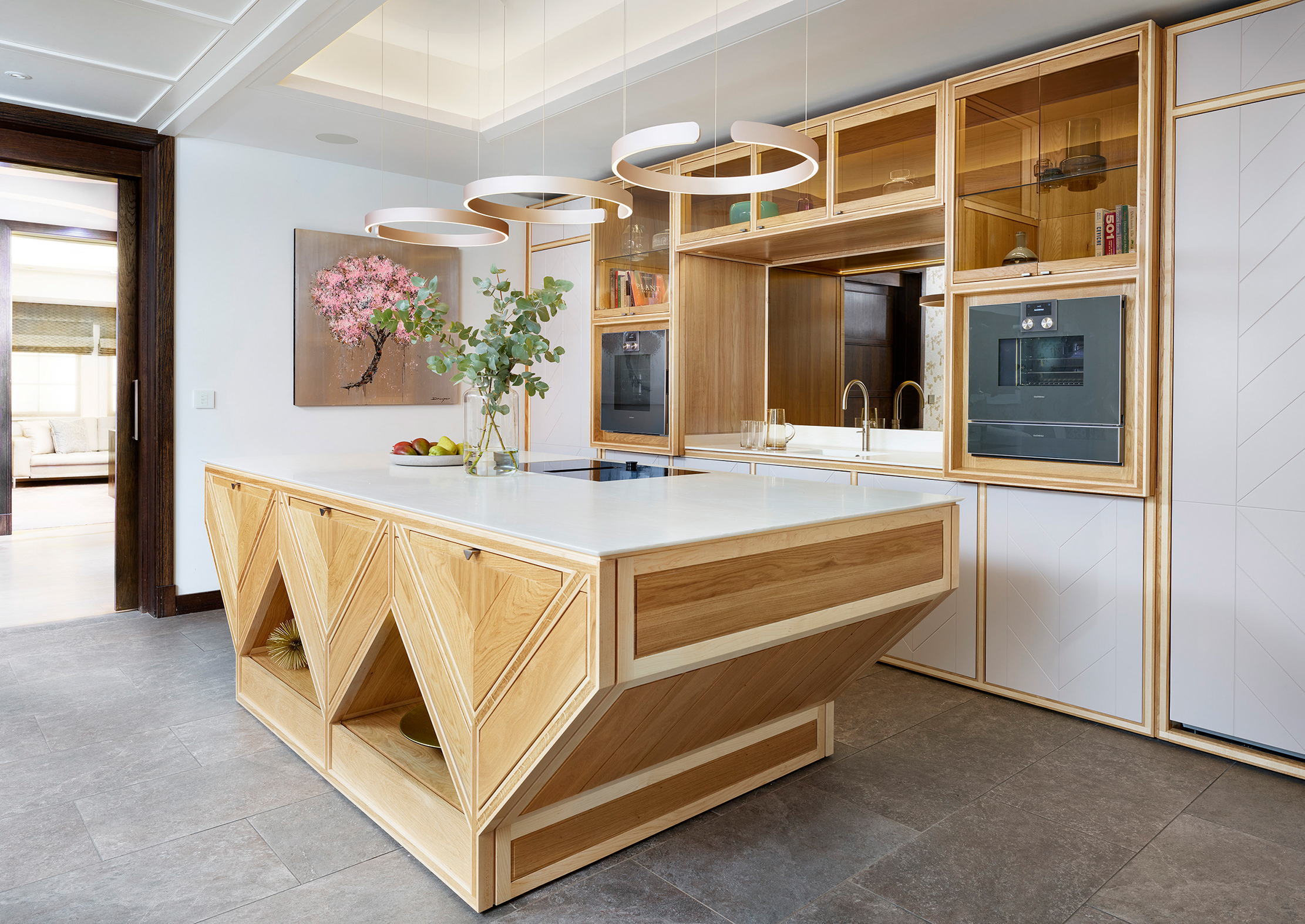
The same logic-driven approach has been used in the development of the Grid kitchen collection, which uses a similar framework to deliver a stepped arrangement of horizontal to vertical storage, including unique L-shaped drawers. As with all ELK designs, storage solutions are ‘optimised to use less, but give you more’. ‘Our aim is to surprise and delight through expressing function in a new and alternative way,’ continues Mr Gardner.
All kitchens are bespoke, designed and made at the ELK workshop in Hampshire, using predominantly solid timber, from responsible sources, including English Woodlands Timber, known for supporting sustainable woodland management. Chestnut, oak, ash and Scottish elm are favourites, often combined in light and dark shades to highlight the unusual shape of the furniture. Paints and lacquers used are water-based.
Next comes the expansion of ELK’s collection of furniture, including dining tables and chairs, console tables and wardrobes. Even chairs are designed with a characteristically ELK twist, combining ‘angular and curvilinear’ shapes for elegance with comfort.
Sign up for the Country Life Newsletter
Exquisite houses, the beauty of Nature, and how to get the most from your life, straight to your inbox.
‘What excites me is breaking new ground,’ Mr Gardner says. ‘There’s not a day that goes by without us inventing something.’
ELK Kitchens — www.elk-kitchens.com
11 of the best new ideas in kitchens, from 'levitating' kitchen units to the ultimate wine fridge
The world of kitchens seems to produce ceaseless innovation. Amelia Thorpe picks out some of the latest looks and cleverest
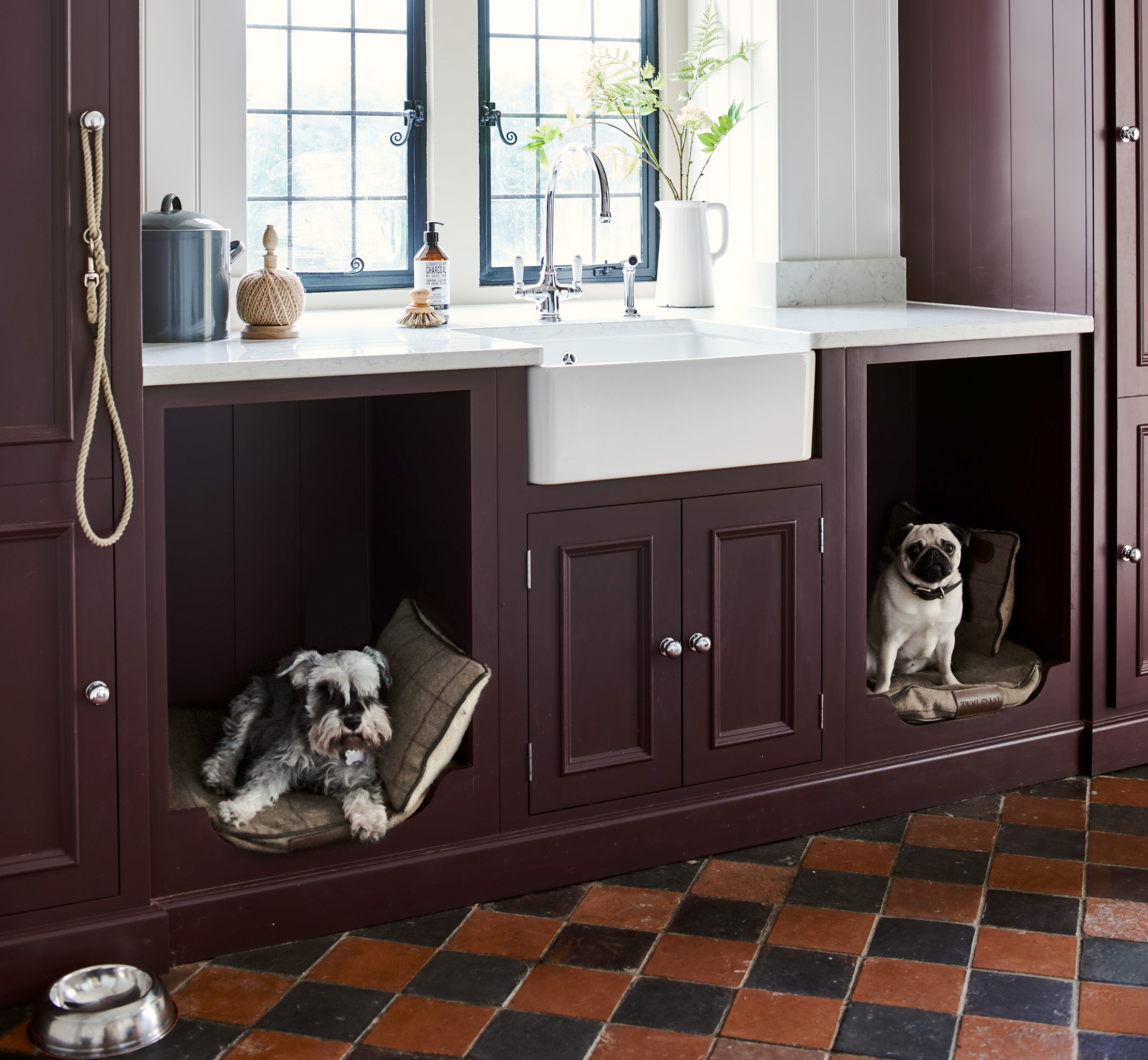
Canine cubbyholes: Dogs have taken over our homes — and now they're taking over our kitchens too
Country Life's interiors editor Giles Kime on a bold new idea which bows to the inevitable and gives a pair
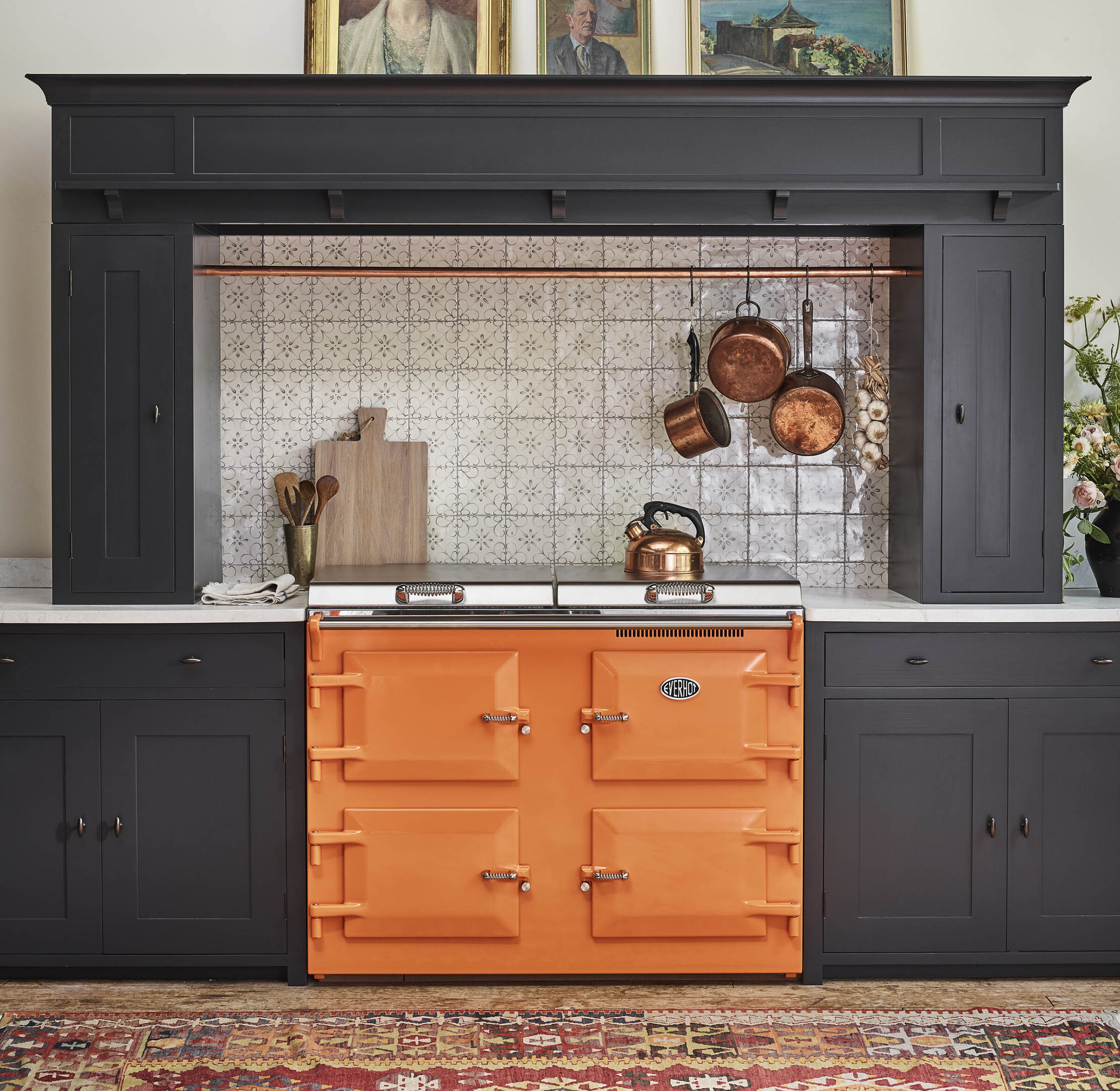
Colourful kitchens: Why even a dash of a bold, vibrant hue goes a long way in a kitchen
A generation or two ago, kitchens were routinely re-done in bright colours — and there's something in colourful kitchen design even
-
 'To exist in this world relies on the hands of others': Roger Powell and modern British bookbinding
'To exist in this world relies on the hands of others': Roger Powell and modern British bookbindingAn exhibition on the legendary bookbinder Roger Powell reveals not only his great skill, but serves to reconnect us with the joy, power and importance of real craftsmanship.
By Hussein Kesvani
-
 Spam: The tinned meaty treat that brought a taste of the ‘hot-dog life of Hollywood’ to war-weary Britain
Spam: The tinned meaty treat that brought a taste of the ‘hot-dog life of Hollywood’ to war-weary BritainCourtesy of our ‘special relationship’ with the US, Spam was a culinary phenomenon, says Mary Greene. So much so that in 1944, London’s Simpson’s, renowned for its roast beef, was offering creamed Spam casserole instead.
By Country Life
-
 How to create a serene, yet hard-working kitchen
How to create a serene, yet hard-working kitchenPlain English worked with antique dealer Robert Young to make this traditional kitchen with an effortlessly relaxing colour scheme that marries perfectly with the views over beautiful gardens.
By Arabella Youens
-
 Why kitchens are going green — literally
Why kitchens are going green — literallyGreen is the perfect colour for a kitchen, says Amelia Thorpe.
By Amelia Thorpe
-
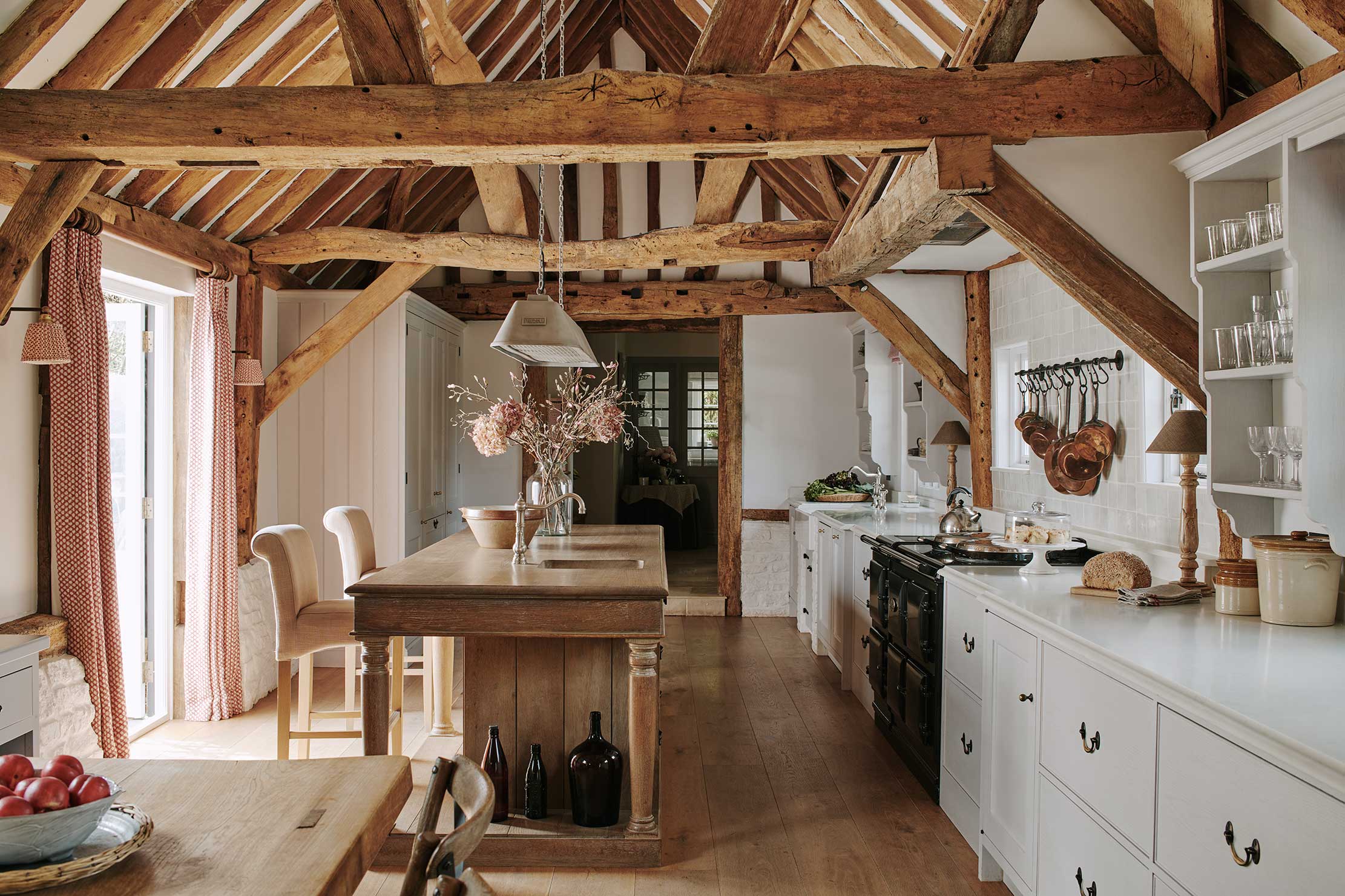 A modern kitchen perfectly framed by the exquisite ancient beams
A modern kitchen perfectly framed by the exquisite ancient beamsArtichoke designed a discreet and timeless kitchen to complement a converted granary. Amelia Thorpe takes a look.
By Amelia Thorpe
-
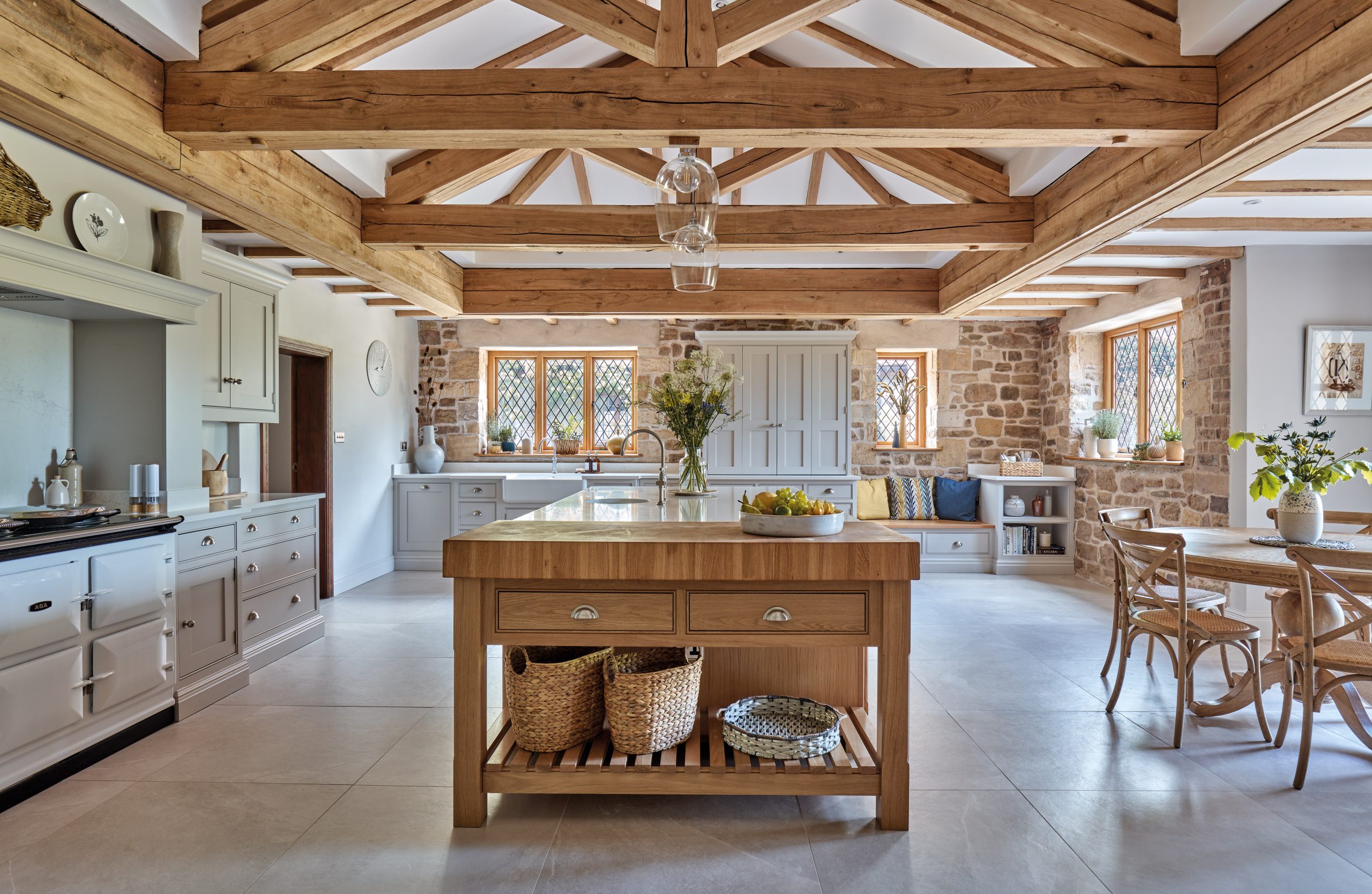 Yes, you can put a new kitchen in a Grade I-listed house — and this beautiful example shows how
Yes, you can put a new kitchen in a Grade I-listed house — and this beautiful example shows howTraditional cabinetry was a key ingredient in the sympathetic restoration of a Grade I-listed Tudor house in Shropshire.
By Arabella Youens
-
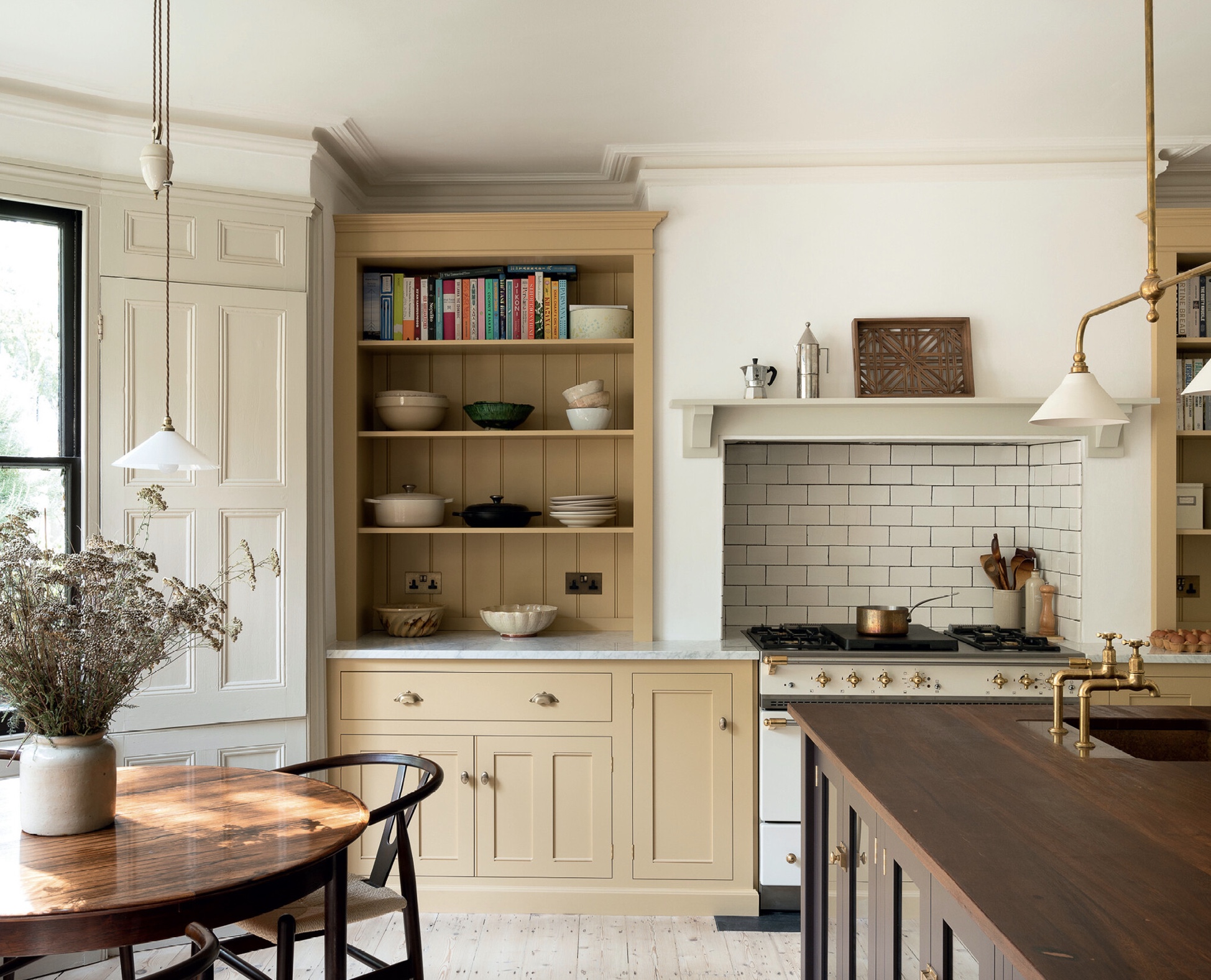 A London townhouse kitchen transformed to be sociable, practical and charming
A London townhouse kitchen transformed to be sociable, practical and charmingThe new owners of this London townhouse have reconfigured it to create a sociable space for cooking and entertaining.
By Arabella Youens
-
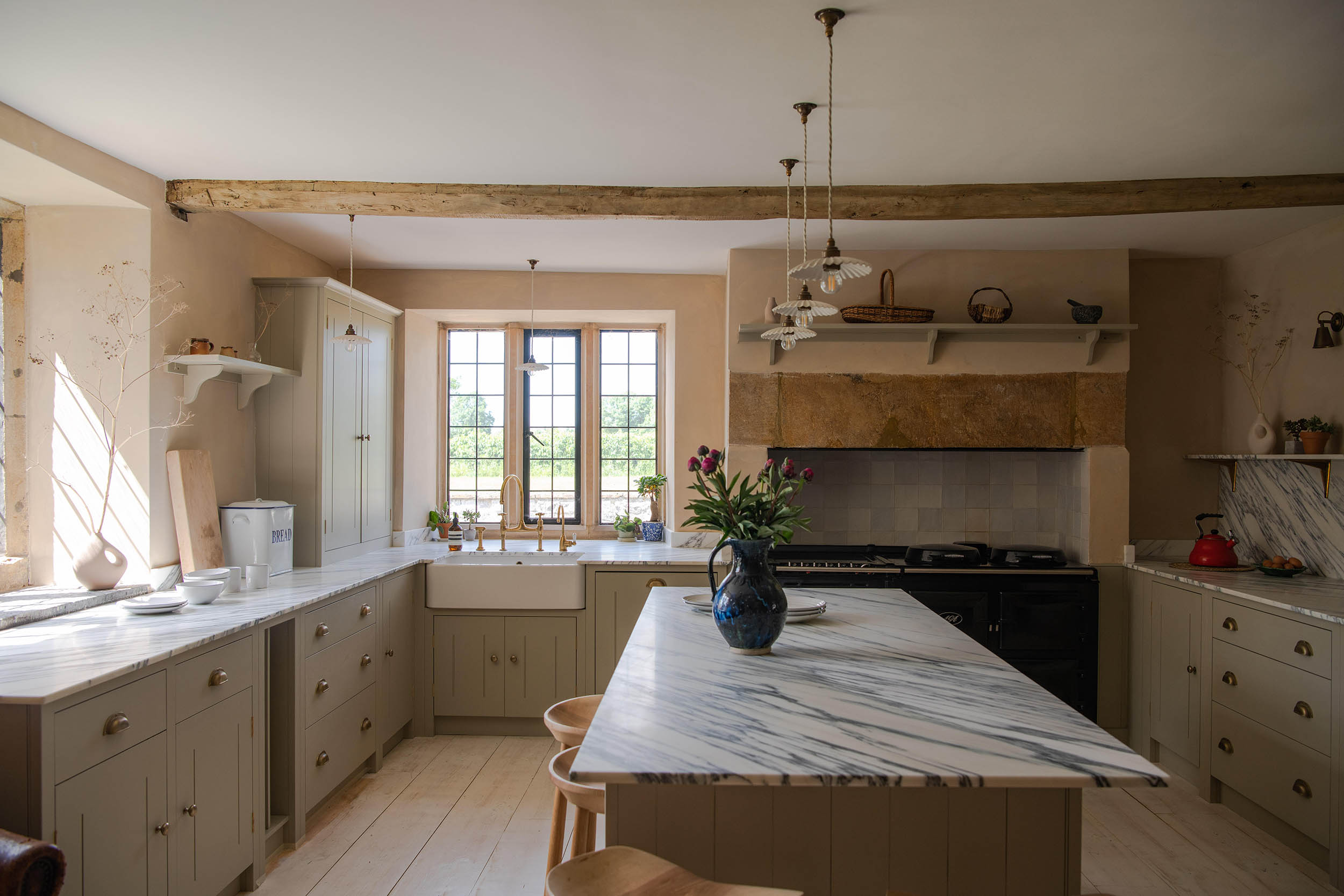 A beautiful new kitchen sympathetically created for a 16th century manor house
A beautiful new kitchen sympathetically created for a 16th century manor houseLimewash walls, a large island and plenty of open shelving combine to create a kitchen that’s sympathetic to this 16th-century manor house in Somerset.
By Arabella Youens
-
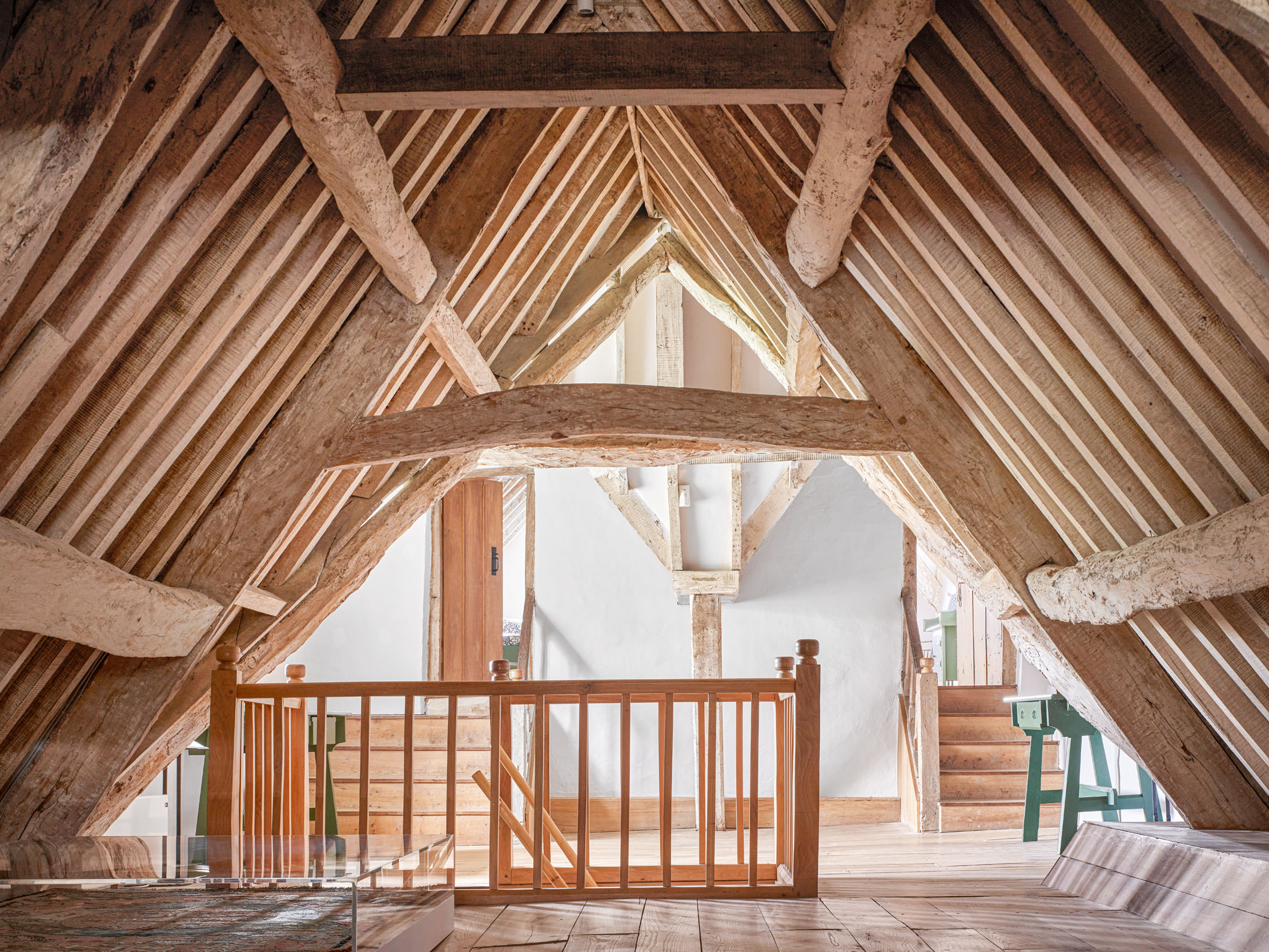 10 things I wish I'd known about doing up old houses before I started, by Country Life's interiors guru Giles Kime
10 things I wish I'd known about doing up old houses before I started, by Country Life's interiors guru Giles KimeCountry Life’s executive editor and resident interiors expert Giles Kime shares the lessons he’s learnt from the experience of dragging a succession of houses into the 21st-century.
By Giles Kime
-
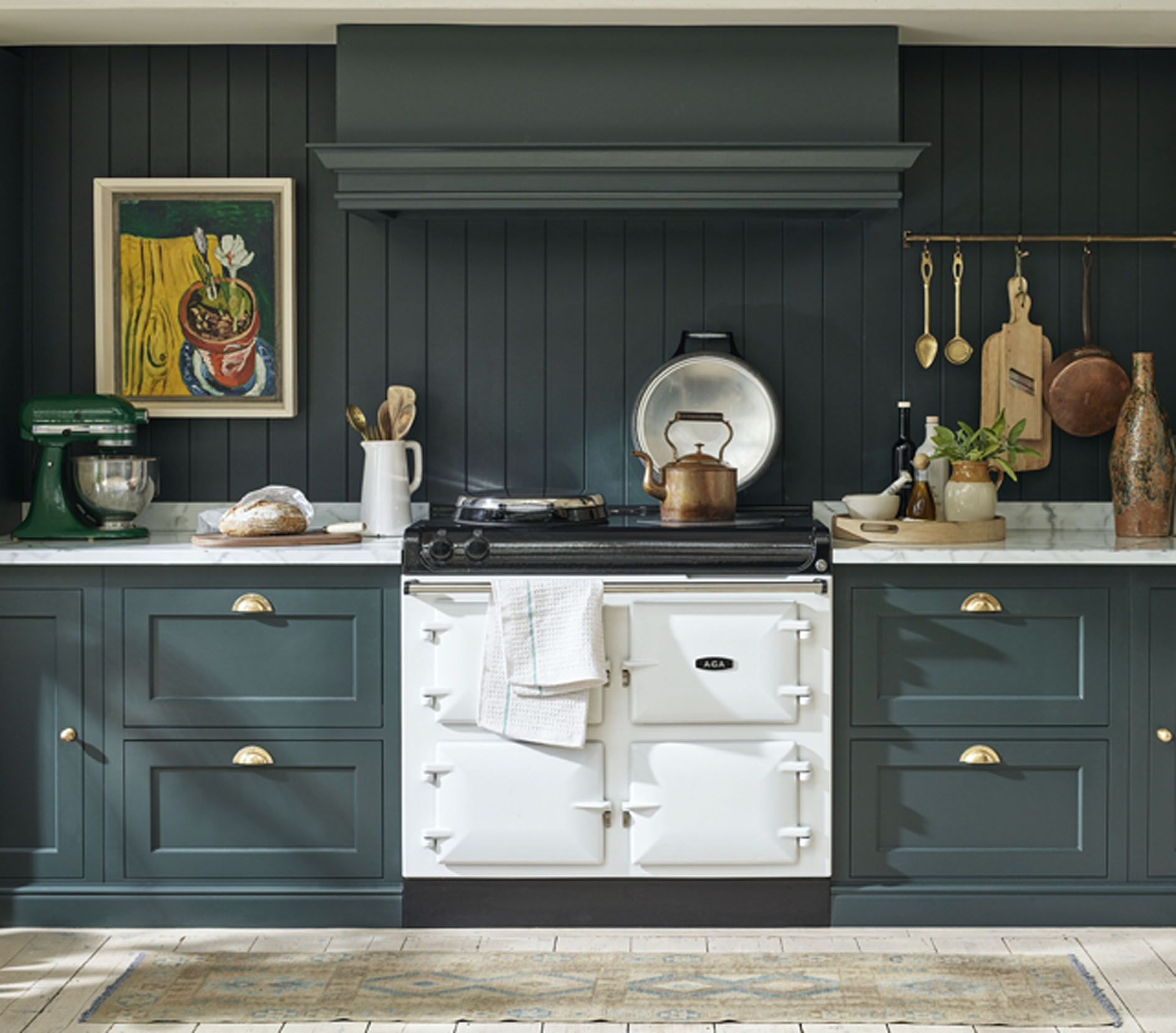 Seven beautiful new looks in kitchens, from classic cabinetry to 80s revival
Seven beautiful new looks in kitchens, from classic cabinetry to 80s revivalThe latest looks in the kitchen, selected by Amelia Thorpe.
By Amelia Thorpe